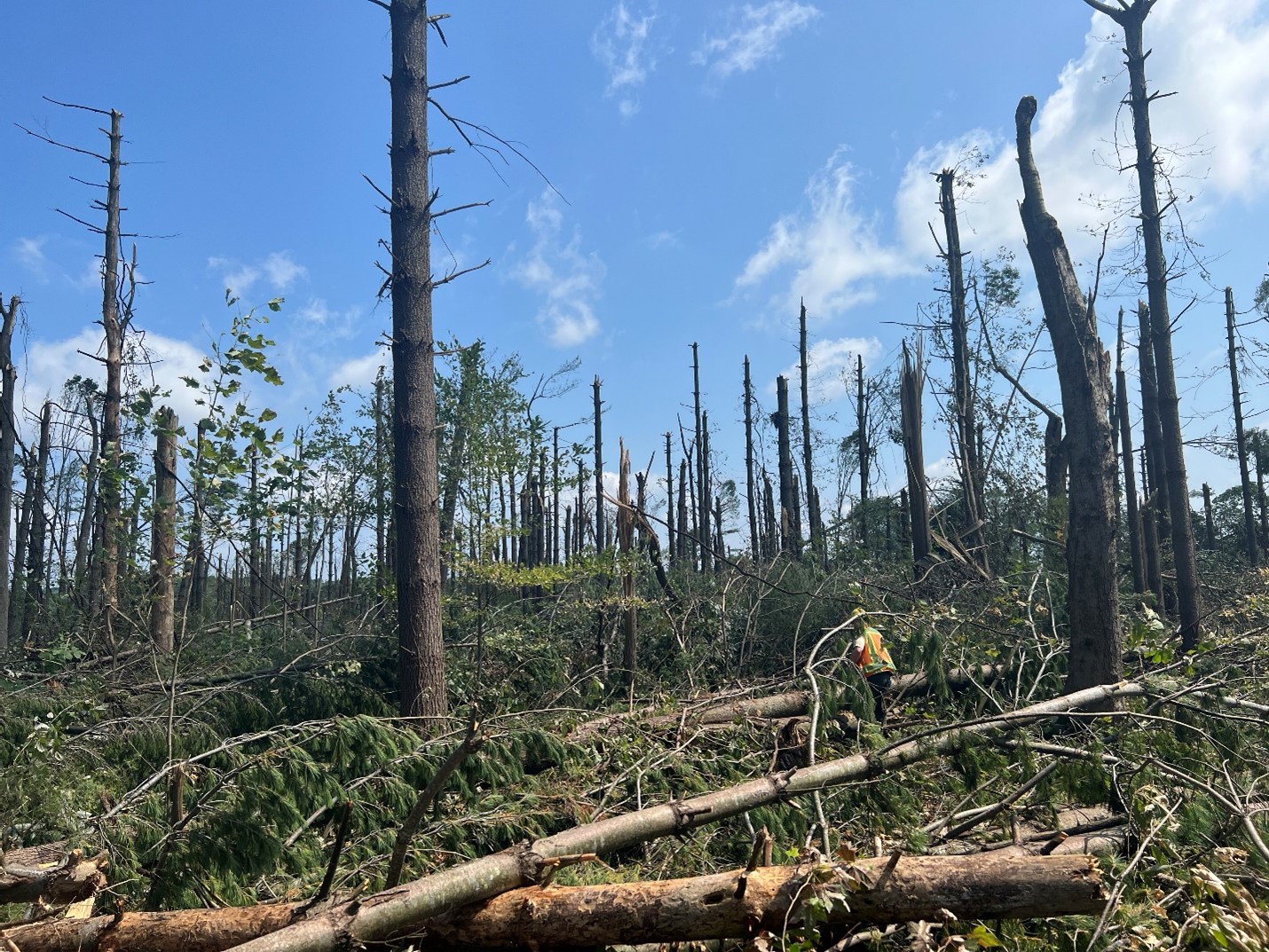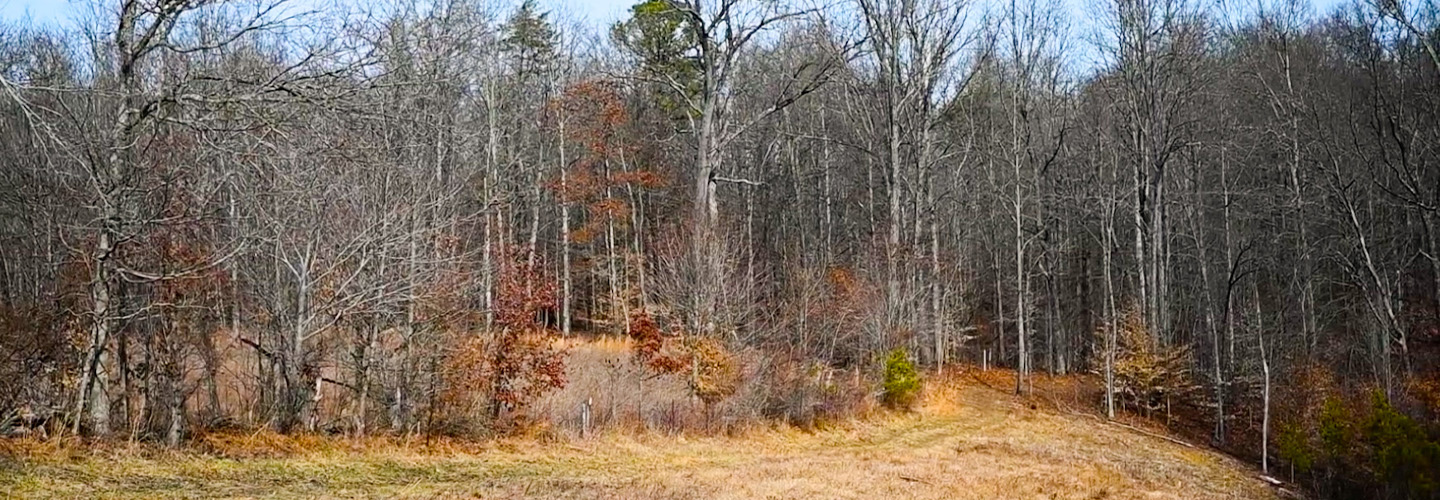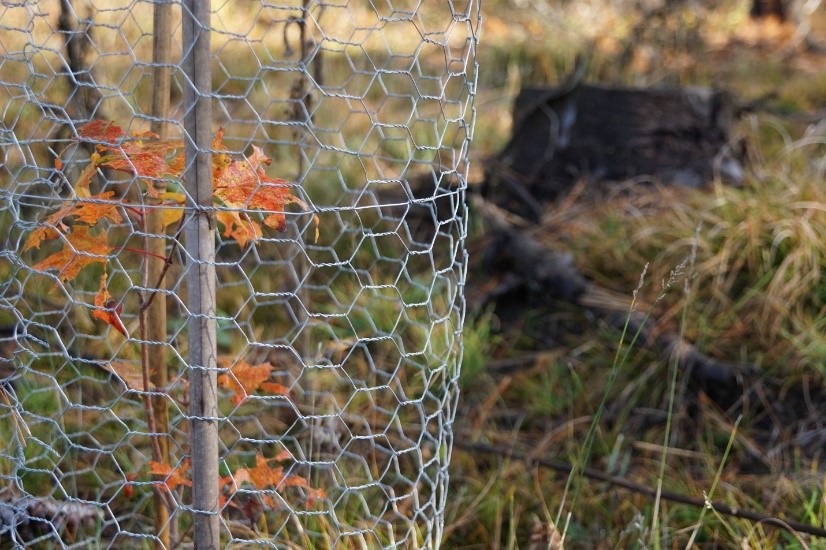Does your operation include forests? USDA offers a variety of programs and services that could help your land. Whether you grow pines or firs, maples or walnut, we have options for you.
Effective beginning 5/20/2025: Please note this site is under review and content may change.
On This Page
Loans
USDA may be able to help you access capital. And we can be a good partner if you aren’t able to get funding from a traditional lender.
Farm Loans
We offer loans directly through USDA and also guarantee loans through other lenders.
Loans available directly through USDA range from $50,000 microloans to a maximum of $400,000 for operating loans and up to $600,000 for ownership loans.
Alternatively, you can apply for a guaranteed loan through USDA-approved banks and other commercial lenders. The maximum loan amount for a Guaranteed Farm Operating Loan is adjusted annually each Fiscal Year based on inflation.
Underlined Header
Ownership Loans
Ownership loans are available to help you purchase land and equipment.
Loan Amounts
- Microloan: $50,000 or less
- Direct loan: $50,001 - $600,000
- Guaranteed loan: $600,000 + (the maximum loan amount is adjusted annually each Fiscal Year based on inflation).
Underlined Header
Operating Loans
Operating loans help you meet day-to-day costs.
Loan Amounts
- Microloan: $50,000 or less
- Direct loan: $50,001 - $400,000
- Guaranteed loan: $400,000 + (the maximum loan amount is adjusted annually each Fiscal Year based on inflation).
Underlined Header
Combined Ownership & Operating Loans
Combined ownership & operating loans help purchase land and equipment and meet day-to-day costs.
Loan Amounts
- Microloan: $100,000 or less
- Direct ownership & operating loan: $100,001 - $1M
- Guaranteed loan: $1M + (the maximum loan amount is adjusted annually each Fiscal Year based on inflation).
Learn more about USDA farm loan programs.
To get help, contact the Farm Service Agency (FSA) at your local Service Center or visit our Farm Loan Assistance Tool.
Protection and Recovery
Depending on where you manage land, natural disasters like wildfire or insect infestation may impact your operation. If disaster strikes, know that we are here to help.
Disaster Assistance Programs
We offer disaster assistance programs to offset losses and get you back on your feet. For forests, some relevant programs include:
Underlined Header
Emergency Forest Restoration Program
Emergency Forest Restoration Program (EFRP) offers financial payments to eligible private forests damaged by natural disasters or insect and disease infestation.
Underlined Header
Tree Assistance Program
Tree Assistance Program (TAP) helps orchardists and nursery tree growers replant or rehabilitate eligible trees, bushes, and vines damaged by natural disasters and eligible plant disease.
Underlined Header
Emergency Conservation Program
Emergency Conservation Program (ECP) provides funding to rehabilitate farmland, including orchards, nursery stock, Christmas trees, and conservation structures, damaged by natural disasters and to carry out emergency water conservation measures during periods of severe drought.
For other disaster programs, contact the Farm Service Agency (FSA) at your local Service Center or use the Disaster Assistance Discovery Tool.
Crop Insurance
To explore crop insurance, contact an Approved Insurance Provider.
Conservation
We can help you plan and implement conservation practices, which can be beneficial not only to natural resources but also to your bottom line.
Planning
The Natural Resources Conservation Service (NRCS) will work with you to discuss your goals and develop a conservation plan for your operation. If you want to get started at home, you can also use our Conservation Concerns Tool to explore the different types of conservation issues that could impact the productivity and natural resources on your land and which practices could help.
Common Conservation Activities
NRCS can share the cost with producers to implement conservation activities through the Environmental Quality Incentives Program (EQIP) and Conservation Stewardship Program (CSP).
Common conservation activities for forests include:
Underlined Header
Forest Stand Improvement
Forest Stand Improvement is managing the composition of a forest by removing selected plants and trees.
Underlined Header
Tree/Shrub Establishment
Tree/Shrub Establishment is planting trees or shrubs.
Underlined Header
Grade Stabilization
Grade Stabilization controls the grade in a channel.
Easements
If certain parts of your farm are not ideal for cultivation, conservation easements or longer-term conservation options may be right for you. The Healthy Forests Reserve Program (HFRP) helps landowners protect and enhance their forestland, improving carbon sequestration and habitat for wildlife.
To learn more about conservation, contact the Natural Resources Conservation Service (NRCS) or Farm Service Agency (FSA) at your local Service Center.
Climate-Smart Forestry
USDA offers a number of conservation programs, grants, and partnerships to help implement climate-smart solutions.
Learn more about support for climate-smart conservation activities.
Find Your Local Service Center
USDA Service Centers are locations where you can connect with Farm Service Agency, Natural Resources Conservation Service, or Rural Development employees for your business needs. Enter your state and county below to find your local service center and agency offices. If this locator does not work in your browser, please visit offices.usda.gov.
Learn more about our Urban Service Centers.
Visit the Risk Management Agency website to find a regional or compliance office or to find an insurance agent near you.





